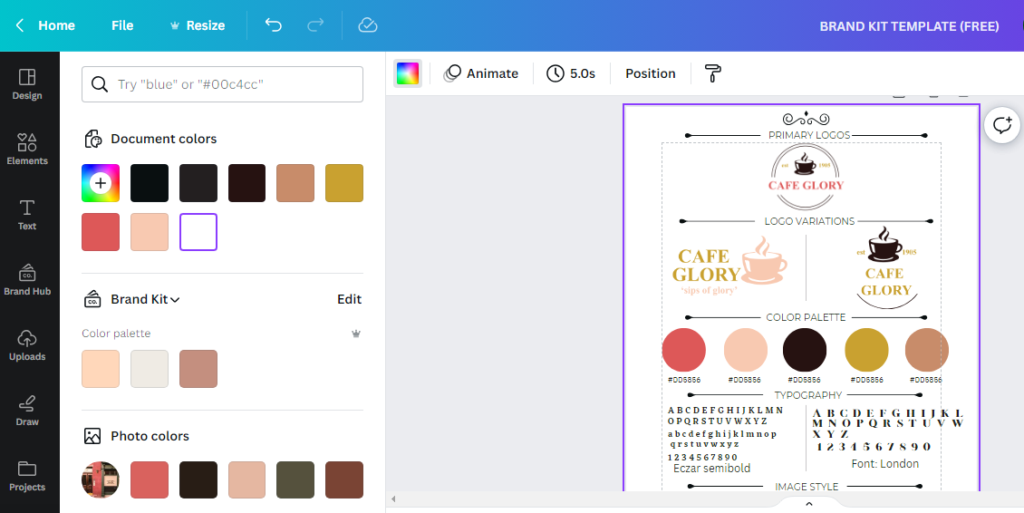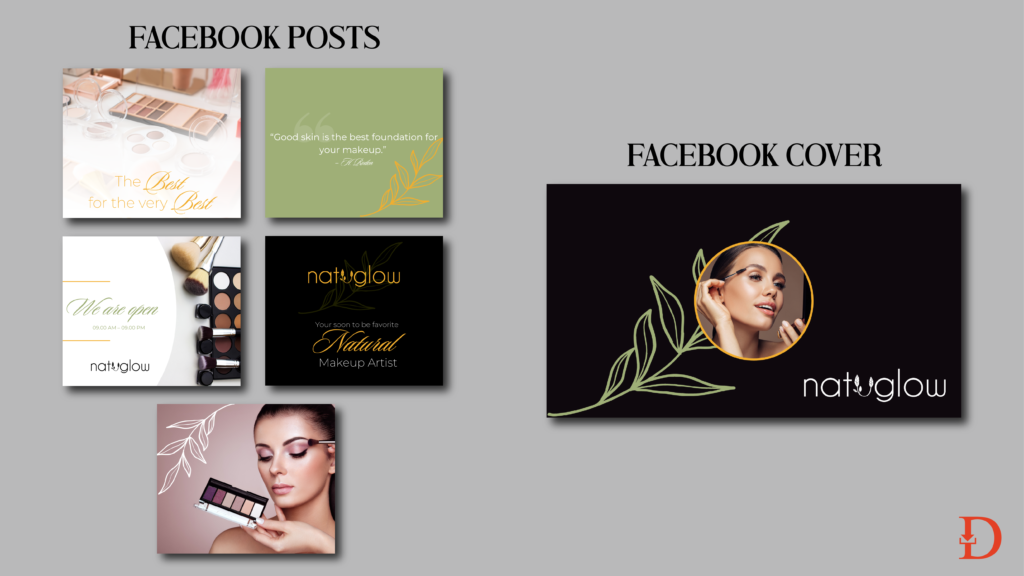There will be no end to branding being a buzzword in business circles. But what exactly is it? Branding is the process of creating a positive and memorable impression of a company in the mind of its target audience through various touch points.
Your products or services, your brand’s visual appeal, personality, and voice should promise your customers value and deliver on it. In return, you gain customer loyalty and build a relationship with them.
It can be tempting to overlook brand building for your small business because it is small. However, it is for that very reason that you should take time and focus on it. You may not have the budget for an elaborate branding process. That’s ok.
This 5-step guide aims to simplify the process to make it achievable for you with little or no expense at all if you will take the time to do it yourself.
1. Define Who You Are And Who You Are Targeting
Describing who you are and what you are about as a business is the starting point.
Where does your story begin? Outline in detail what it is that you are out to achieve, and how you intend to achieve it. Can you describe your business in one sentence?
What is your value proposition and what makes it unique? In a sea of businesses similar to yours, does it make you stand out among your competitors, and how so?
What are your values? Define your brand’s voice and personality. Depending on your business, will your messaging be formal and sophisticated or young and upbeat, or something else? How will you come across to your consumers and be as human as you can get?
Who is your target audience? What are their interests and values? Are you targeting a specific demographic? Do they need your product or service? Why do you think so?
The clearer you get on defining who you are and who you want to serve, the easier the launch of your brand-building process.

2. Make Brand Guidelines And Craft A Stunning Visual Identity
A brand guideline is a collection of rules and instructions that outlines how a company or its partners presents the brand to its audience. It provides guidelines on how to use its logo colors phones and other visual elements Consistently across different platforms and materials.
It ensures that no matter where people encounter the brand, whether it’s on your website, social media, or in physical materials they recognize it and feel a sense of familiarity and trust.
Think of it as a friendly guide that says, “ Hey, let’s keep things across our projects and marketing consistent and cohesive and make sure people remember us in the best way possible. ”
On the other hand, a brand visual identity is the visual representation of your business. Just like a person’s style includes clothing accessories and overall appearance, a brand’s visual identity consists of various elements that work together harmoniously.
These elements typically include a logo, color profile, fonts, photos, and graphic elements. Each of these components is carefully chosen to reflect the brand’s personality values and desired perception.
Creating a brand identity kit for the visual elements is the best and most efficient way for having a reference point for your design process in order to maintain consistency.

3. Create A Strong Online Presence
It’s one thing to have a website and social media platforms for your brand and quite another to have them consistently engaging and growing a loyal customer base over time.
The essence of knowing who you are as a business will be reflected in your online presence. Your voice, personality, and overall message will be displayed prominently and consistently in these platforms.
Create a well-designed and professional website that reflects your brand’s visual identity. Ensure it provides essential information about your products or services. Also, see to it that it is user-friendly, mobile responsive, and optimized for search engines to improve visibility.
Engage on social media by choosing platforms that align with your target audience. Do not spread yourself thin by signing up on all possible platforms. Choose at most two to start with and grow from there.
Share valuable content and interact with your followers. Establish your expertise and credibility by providing high-quality content in the form of blog posts or videos. Aim to educate, entertain and address the pain points of your audience. Answer their questions and provide solutions that showcase your brand’s value.
Step up your presence by encouraging satisfied customers to leave positive reviews and testimonials which you can display on your website to build trust and attract new customers.
4. Offer Exemplary Customer Service And Experience
Human beings will always want to be treated as that, humans. At the end of the day, how you make your customers feel by the way you serve them and how they experience your brand is what will make them talk about you. As a business, you will want them to talk about you in a positive light.
A small business has the advantage of building personal connections with its customers. Take time to understand their needs and preferences and address them with genuine care and attention. Endeavor to create a welcoming and friendly atmosphere that customers appreciate.
Timely and effective communication is crucial to providing exceptional customer service. Respond promptly to inquiries made through your platforms or given channels of communication. Which customer never felt valued and important when given a prompt and attentive response?
Are you going the extra mile? Keep going. Provide additional assistance to a client when the need arises. Do you have branded or unbranded merchandise you can give away? Surprise your loyal customers with a gift. Focus on giving your customers good experiences as if you were that customer.
And if all else is working, keep improving at it. Exemplary customer service also means actively seeking feedback from customers and using that feedback to make necessary adjustments and enhancements to your products or services

5. Leverage Partnerships With Non-Competitors
Collaborating with other businesses may take you out of your comfort zone but may be well worth it. It can be a great opportunity to gain a new audience and grow your brand.
If a business deals in paper crafts and makes event stationery such as wedding cards, seek out an Event Planner or more specifically a Wedding Planner. Come up with a seasonal offer on your products and services and plan on creating a buzz on your social media platforms.
In seeking to partner with another business, ask yourself the following questions,
- Is the business a competitor? Seek to partner with businesses that are not in direct competition with yours.
- Is it a brand that you admire and whose vision and values closely align with yours?
- Do the business owner’s skills complement yours? Is there something they can do that you wouldn’t easily be able to do on your own and vice versa?
- Can you have an understanding of how to partner and commit to it?
These are just a few of the questions that you can address if an opportunity to partner with another business arises.
Small efforts toward branding your small business can go a long way. The process does not have to be expensive either. There are many online tools that can help craft your visual identity for free or at a small cost. It’s all simple to do but will require your time. So what are you waiting for?
Go on and build your brand…easily!







